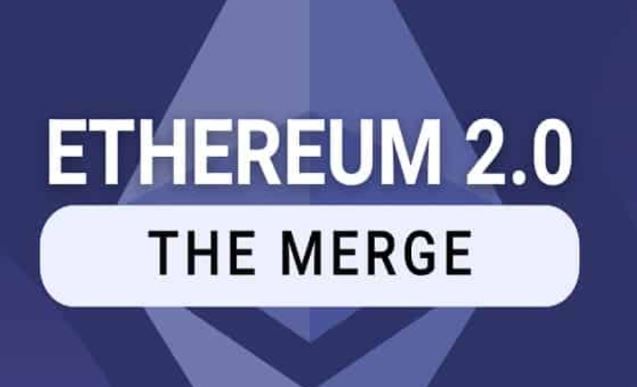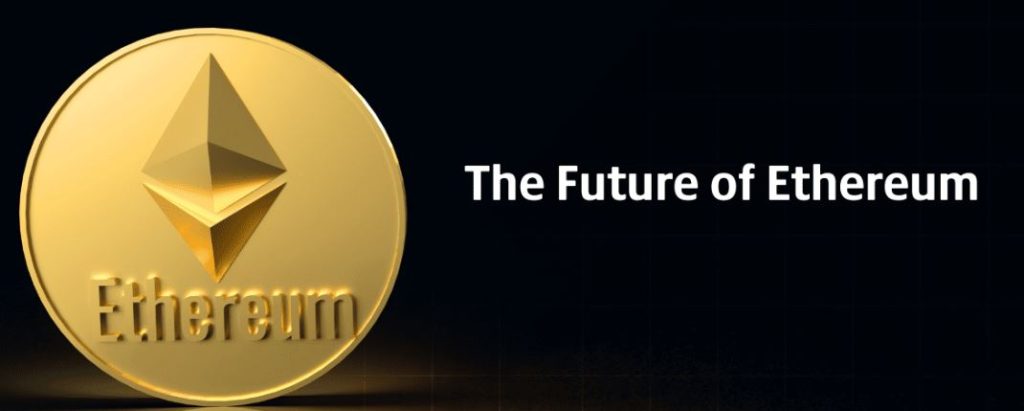Ethereum ETH: Tutorial for Beginners
Ethereum ETH In the ever-evolving landscape of blockchain technology, Ethereum has emerged as a trailblazing platform that goes beyond cryptocurrency transactions. With its groundbreaking smart contract functionality, Ethereum has revolutionized the way we think about decentralized applications (dApps) and digital ecosystems. In this comprehensive article, we’ll delve into the intricacies of Ethereum, exploring its history, architecture, use cases, challenges, and future potential.
Introduction to Ethereum ETH
Ethereum, introduced by the enigmatic Vitalik Buterin in 2015, was conceived as a platform that extended the capabilities of blockchain beyond simple financial transactions. While Bitcoin laid the foundation for a decentralized digital currency, Ethereum set out to create a global, decentralized computer that could execute complex code and programmable agreements, known as smart contracts.
Architecture and Smart Contracts Ethereum ETH
 At the core of Ethereum’s architecture is the concept of the Ethereum Virtual Machine (EVM). The EVM is a Turing-complete virtual machine that enables the execution of smart contracts. These contracts are self-executing and self-enforcing agreements with predefined rules and conditions. They eliminate the need for intermediaries, allowing parties to directly interact and transact in a trustless environment.
At the core of Ethereum’s architecture is the concept of the Ethereum Virtual Machine (EVM). The EVM is a Turing-complete virtual machine that enables the execution of smart contracts. These contracts are self-executing and self-enforcing agreements with predefined rules and conditions. They eliminate the need for intermediaries, allowing parties to directly interact and transact in a trustless environment.
Ethereum’s Decentralized Applications (dApps)
One of Ethereum’s most impactful contributions is its ability to host a wide array of decentralized applications, or dApps. These applications leverage smart contracts to create various functionalities, such as decentralized finance (DeFi), non-fungible tokens (NFTs), decentralized exchanges (DEXs), prediction markets, and more. DeFi, in particular, has surged in popularity, allowing users to lend, borrow, trade, and earn interest on their cryptocurrency holdings.
Ethereum 2.0: The Transition to Proof of Stake
 Despite its potential, Ethereum has faced scalability and energy consumption challenges due to its current consensus mechanism, Proof of Work (PoW). Ethereum 2.0, also known as Eth2 or Serenity, aims to address these issues by transitioning to a Proof of Stake (PoS) consensus mechanism. PoS not only reduces energy consumption but also introduces staking, where participants lock up their ether as collateral to validate transactions and secure the network.
Despite its potential, Ethereum has faced scalability and energy consumption challenges due to its current consensus mechanism, Proof of Work (PoW). Ethereum 2.0, also known as Eth2 or Serenity, aims to address these issues by transitioning to a Proof of Stake (PoS) consensus mechanism. PoS not only reduces energy consumption but also introduces staking, where participants lock up their ether as collateral to validate transactions and secure the network.
Challenges and Scaling Solutions
Ethereum’s popularity has led to congestion on its network, causing higher fees and slower transaction times during peak periods. This scalability issue has prompted the development of various scaling solutions. Layer 2 solutions, such as Optimistic Rollups and zk-Rollups, aim to enhance Ethereum’s throughput while maintaining security. These solutions are expected to alleviate congestion and make transactions more affordable.
Interoperability and Ethereum ETH Ecosystem
Ethereum’s influence has extended beyond its platform through cross-chain interoperability. Projects like Polkadot and Cosmos are creating bridges between different blockchains, allowing seamless communication and value transfer between disparate ecosystems. Ethereum’s ecosystem is also home to countless projects building on top of its blockchain, contributing to a vibrant and innovative digital landscape.
The Future of Ethereum ETH
 Ethereum’s journey is far from over. The transition to Ethereum 2.0, the ongoing development of Ethereum Improvement Proposals (EIPs), and the continued expansion of its dApp ecosystem are all key aspects of Ethereum’s future. Additionally, advancements in sharding, a technique that divides the Ethereum network into smaller interconnected chains, are expected to further enhance scalability and transaction speeds.
Ethereum’s journey is far from over. The transition to Ethereum 2.0, the ongoing development of Ethereum Improvement Proposals (EIPs), and the continued expansion of its dApp ecosystem are all key aspects of Ethereum’s future. Additionally, advancements in sharding, a technique that divides the Ethereum network into smaller interconnected chains, are expected to further enhance scalability and transaction speeds.
Frequently Asked Questions about Ethereum
1. What is Ethereum’s main difference from Bitcoin?
Ethereum is a platform enabling smart contracts and decentralized apps, beyond Bitcoin’s simple digital currency function.
2. What are Ethereum’s smart contracts?
Smart contracts are self-executing programs running on Ethereum, automating actions without intermediaries.
3. Why is Ethereum 2.0 important?
Ethereum 2.0 enhances speed and efficiency by shifting to Proof of Stake consensus from Proof of Work.
4. How can I stake on Ethereum 2.0?
Staking involves locking Ether as collateral, earning rewards while securing the network.
5. How does Ethereum impact DeFi?
Ethereum powers DeFi’s decentralized financial services like loans and exchanges through smart contracts.
6. What’s Ethereum’s future outlook?
Ethereum’s future looks promising with upcoming upgrades, scalability improvements, and expanding dApps.
7. What are Ethereum’s challenges?
Ethereum faces scalability issues due to congestion, which Ethereum 2.0 aims to address.
8. How can I start using Ethereum?
Buy Ether on exchanges, hold in a wallet, and explore dApps using compatible wallets.
Conclusion: Ethereum’s Unwavering Impact
Ethereum’s transformative impact on the world of blockchain and decentralized technology cannot be overstated. By introducing smart contracts and creating a platform for decentralized applications, Ethereum has paved the way for a multitude of innovations and disruptions across various industries. As Ethereum continues to evolve and adapt to meet the challenges of its growth, its influence on the global economy and technology landscape will remain profound.
“The information provided is for informational purposes only and does not constitute investment advice, financial advice, or a recommendation to buy or sell any financial instrument. All investment decisions should be based on your own evaluation of your investment needs, investment objectives, and financial situation. The value of investments may increase or decrease, and investors may not recover the full amount invested. Investments in financial instruments always involve a certain degree of risk, and investors are responsible for understanding the risks associated with the investments they make. Before making any investment, it is recommended to seek the help of a qualified and authorized financial industry professional.”



































